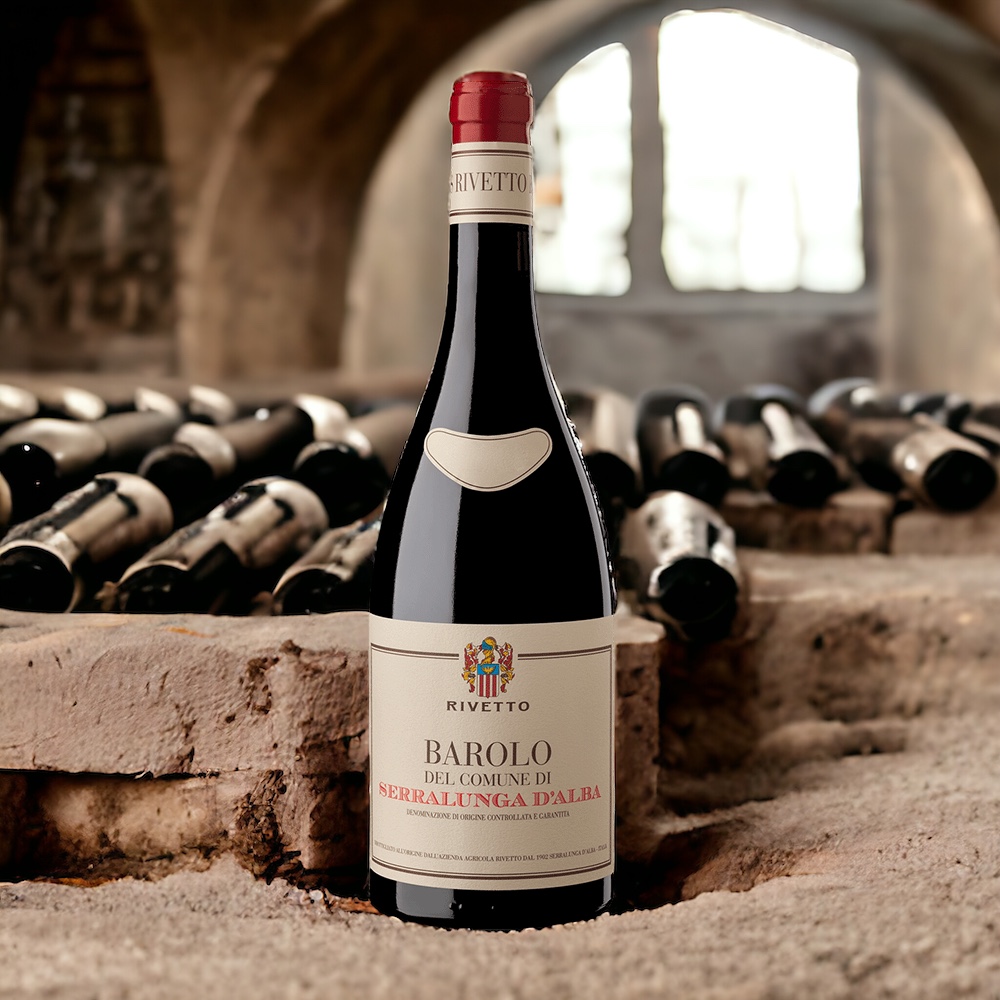A Dance with Time: Unveiling Barolo’s Aging Grace
Unlike fleeting pleasures, Barolo is a wine meant to be savored, evolving like a fine symphony over time. While legally required to age for at least 38 months, true magic blooms with extended slumber. So, how long is “long enough”? Let’s peek inside the cellar:
- Young Barolos (3-5 years): Vibrant and vivacious, bursting with youthful fruit flavors like cherry and plum. Tannins are firm, demanding patience and decanting.
- Emerging Elegance (5-10 years): The fruit softens, transitioning to darker blackberry and prune notes. Hints of earthiness and spice emerge, complexity builds. Tannins begin to mellow.
- Peak Harmony (10+ years): The wine reaches its zenith. Flavors become harmonious, a tapestry of dark fruit, leather, truffles, and roses. Tannins are silky smooth, acidity perfectly balanced. This is where Barolo truly sings.
Remember, vintage, producer style, and cru influence the ideal aging window. Explore “Barolo Chinato” for immediate sweetness or “Barolo DOCG Giovane” for younger fruitiness.
Barolo is a journey – embrace the evolution, savor the terroir, and discover why it reigns supreme.
Barolo, the king of Italian wines, reigns supreme with its intricate complexities and ageability. But for the uninitiated, navigating the world of Barolo can be daunting. Fear not, oenophiles! This guide delves into the heart of Barolo, answering your burning questions and unraveling its secrets, including the ever-intriguing: how long does Barolo need to age?










